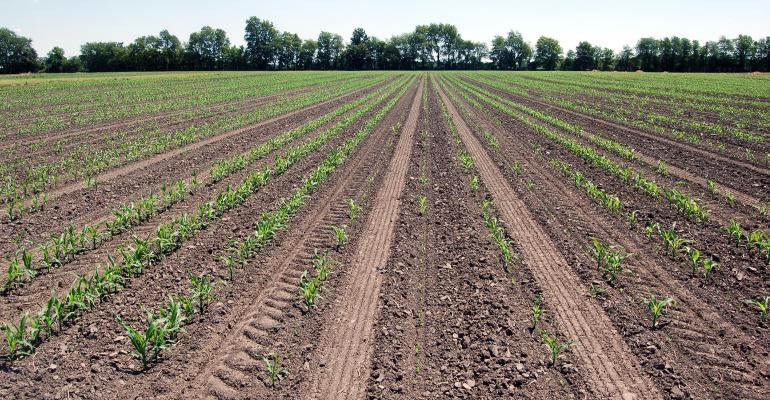May 1, 2023

A wetter spring outlook for some areas of the Midwest has farmers eying the calendar, but timely planting isn’t their only concern. “A good spring burndown program with some residual control will be extremely important, as a wet spring could result in some weed-ridden fields,” says LG Seeds Agronomist Corey Prosser.
A burndown in the spring is popular in Prosser’s Ohio, where no-till and cover crop acres are common. “The pressure we’ve had the last couple of years from waterhemp, Palmer amaranth, giant ragweed and some grasses have made spring burndown a necessity,” he says. Controlling weeds mitigates stress on corn and soybeans and prevents weeds from tying up nutrients.
Drawing on his experience in the retail space, Prosser shares tips for getting the most out of spring burndown and preventing resistance battles down the road.
1. Know your chemistry
“For good, prolonged control, farmers should take a systematic approach with multiple herbicides and modes of action,” Prosser says. “We must be good stewards with the modes of action we have. If we don’t, we’ll fight a painful resistance battle.”
Prosser encourages farmers to talk with their chemistry retailer and visit the site Take Action to make sure they understand what their herbicide controls, its modes of action and how it can be used.
“Make sure if the window hits and you need to plant, your chemistry gives you the option of spraying later,” Prosser advises. That flexibility to spray right after planting is one of the biggest advances with the XtendFlex® and Enlist®soybeans offered by LG Seeds, he says.
2. Kill small weeds using correct application rates and nozzles
Another major tenet of effective weed control and resistance management is killing small weeds. Prosser advises farmers to spray before weeds reach the height of a pop can – roughly 6 inches.
“Make sure the coverage is good and you’re using correct rates,” Prosser continues. “Half rates can foster resistance.” A clogged nozzle can jeopardize weed control and fuel resistance. Therefore, Prosser encourages farmers to “run a tank of water through their sprayer and use a jug to check application rates for each nozzle.”
Nozzle type should also be considered. These precision components dictate spray amounts, droplet size, uniformity, coverage and drift potential. The best way to apply a contact herbicide differs from a systemic herbicide, Prosser points out. He encourages farmers to cater their nozzle selection to their herbicide, using the product label as a guide.
3. Time your spray right
“You want to hit weeds when they are actively taking up nutrients and moisture and able to absorb that chemistry,” Prosser explains. “I like temperatures to be 50 degrees Fahrenheit or warmer when spraying,” he elaborates, adding that herbicide labels detail ideal application windows.
Farmers should try to time spring burndowns as close to planting as possible. “You only get so many days of residual activity,” Prosser says, who stresses the importance of spraying as close to planting as weather and logistics allow. “This will help to maximize residual control.”
Prosser also encourages patience and attention to soil conditions, reminding farmers that spraying wet fields can cause compaction. “Readiness should be determined on a field-by-field basis,” Prosser says. “It’s easy to get in a rush and make a mistake, and then you have to fight it all season. Be patient and get all your ducks in a row so you’re ready to go as soon as you get that break.”
4. Scout your fields
Farmers should scout fields before, during and after planting, looking for weed pressures and assessing the effectiveness of their control efforts, according to Prosser.
He encourages farmers to note any weed escapes or application failures and to know the residuals of their pre-emerge herbicides. “Think through when you might need to go back in for a side-dress or a post-emerge application,” he says.
Source: LG Seeds
You May Also Like




